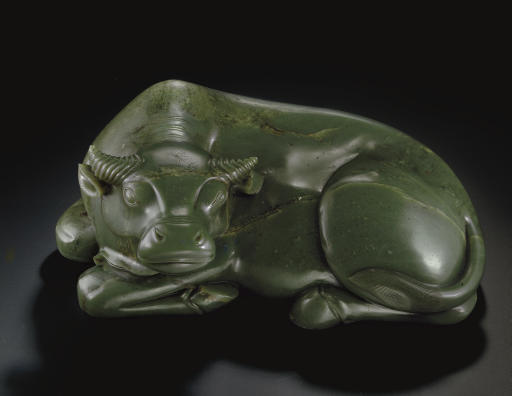Using every last dollar, we could just make the 20% down-payment on a cute, four-bedroom cape in Rowayton. At 5%, the prevailing rate our bank offered, the mortgage payments would be barely doable.
But then our banker told us the facts of 1962 life:
"You need a twenty-five-year mortgage instead of twenty? Best rate we can give you is five and a half percent." Ouch!
" Let's see, the house was built in 'forty-six. We classify any house built more than fifteen years ago as old. On old houses you have to put down thirty percent!" Double ouch!
Somehow, we managed to borrow enough from family to make the higher down-payment and buy the home we lived in for 34 years.
Toto, I don't think we're in the twentieth century any more
Lately, people haven't actually been buying homes, a front-page story in The New York Times points out. In effect they've been renting:
Last year the median down payment on home purchases was 9 percent, down from 20 percent in 1989, according to a survey by the National Association of Realtors. Twenty-nine percent of buyers put no money down. For first-time home buyers, the median was 2 percent. And many borrowed more than the price of the home in order to cover closing costs.Investing and conserving wealth was a tough job when Wall Streeters still talked about "good, solid investments." The job looks a lot tougher in an age where mortgages turn into leases and more and more derivatives seem to consist of computer-modelled smoke and mirrors.* * *The same sorts of loans that drove the real estate boom now change the nature of foreclosure, giving borrowers incentives to walk away, said Todd Sinai, an associate professor of real estate at the Wharton School of Business at the University of Pennsylvania.
“There’s a whole lot of people who would’ve been stuck as renters without these exotic loan products,” Professor Sinai said. “Now it’s like they can do their renting from the bank, and if house values go up, they become the owner. If they go down, you have the choice to give the house back to the bank. You aren’t any worse off than renting, and you got a chance to do extremely well. If it’s heads I win, tails the bank loses, it’s worth the gamble.”* * *“When people don’t have skin in the game, they behave like they don’t have skin in the game,” said Karl E. Case, a professor of economics at Wellesley College . . . .
Previous Tales from the 20th Century:
Shutting Down the Stock Exchange
Good Brokers
"Going Out of Business"
Borrowing Trouble



















